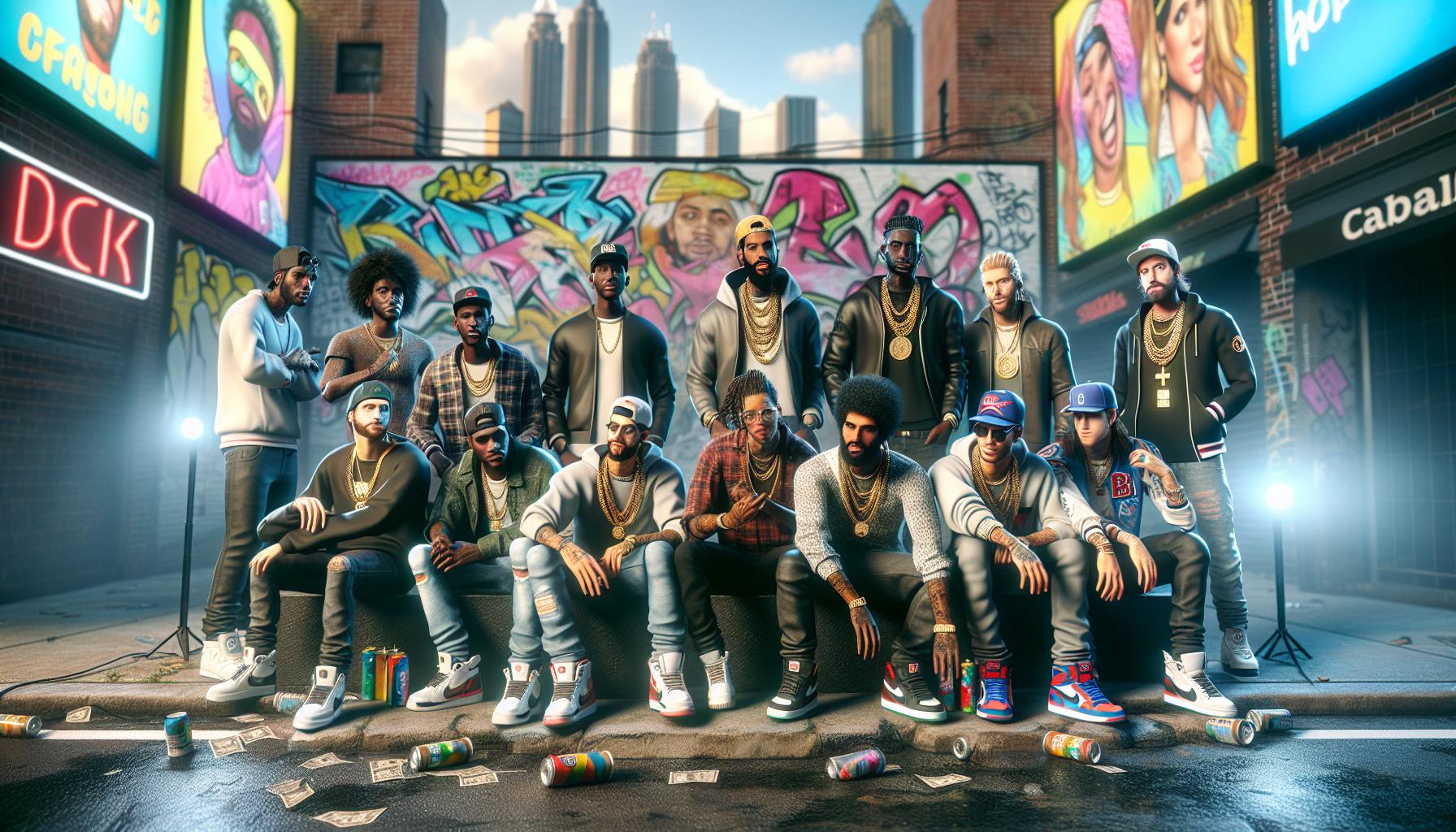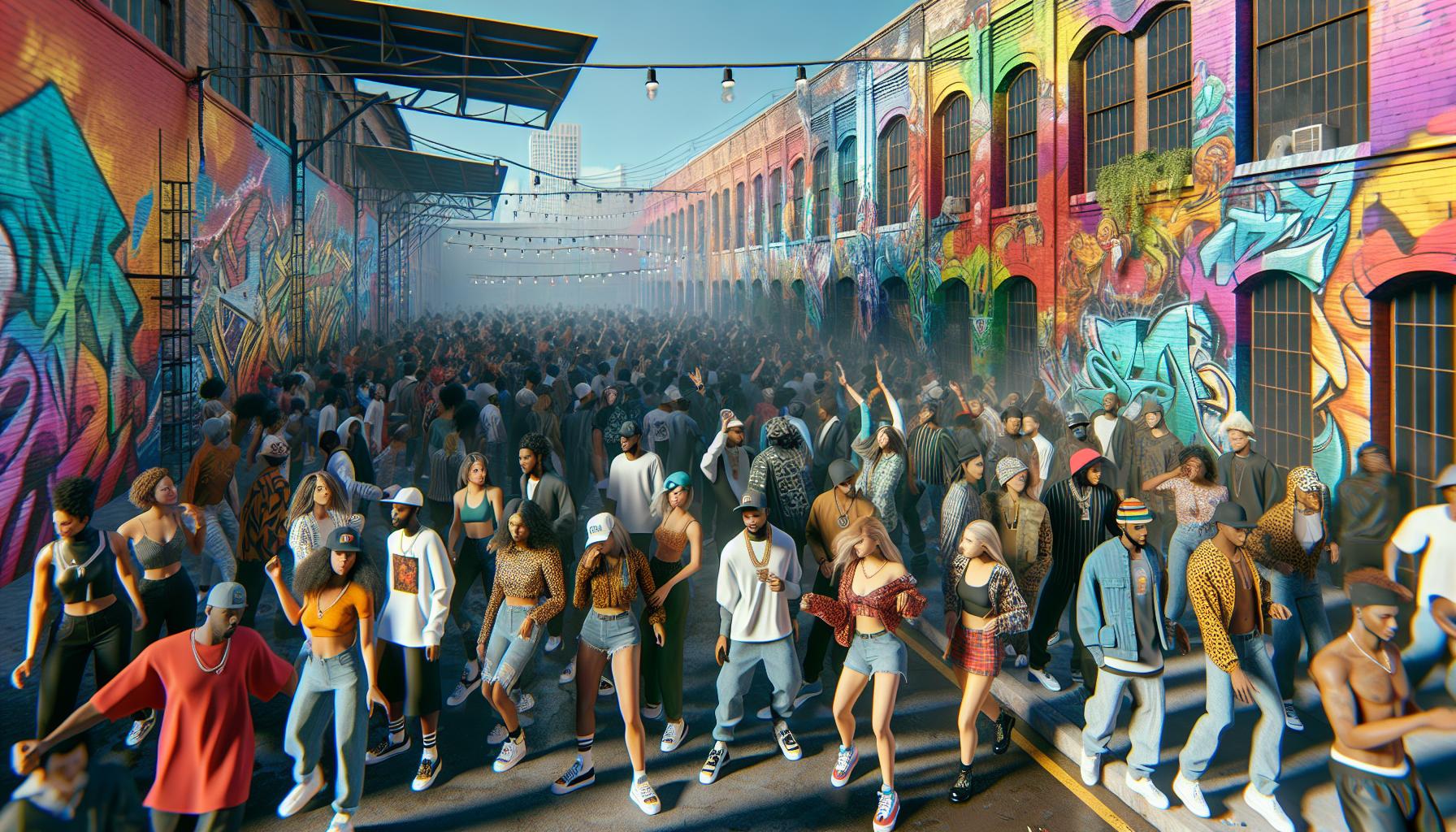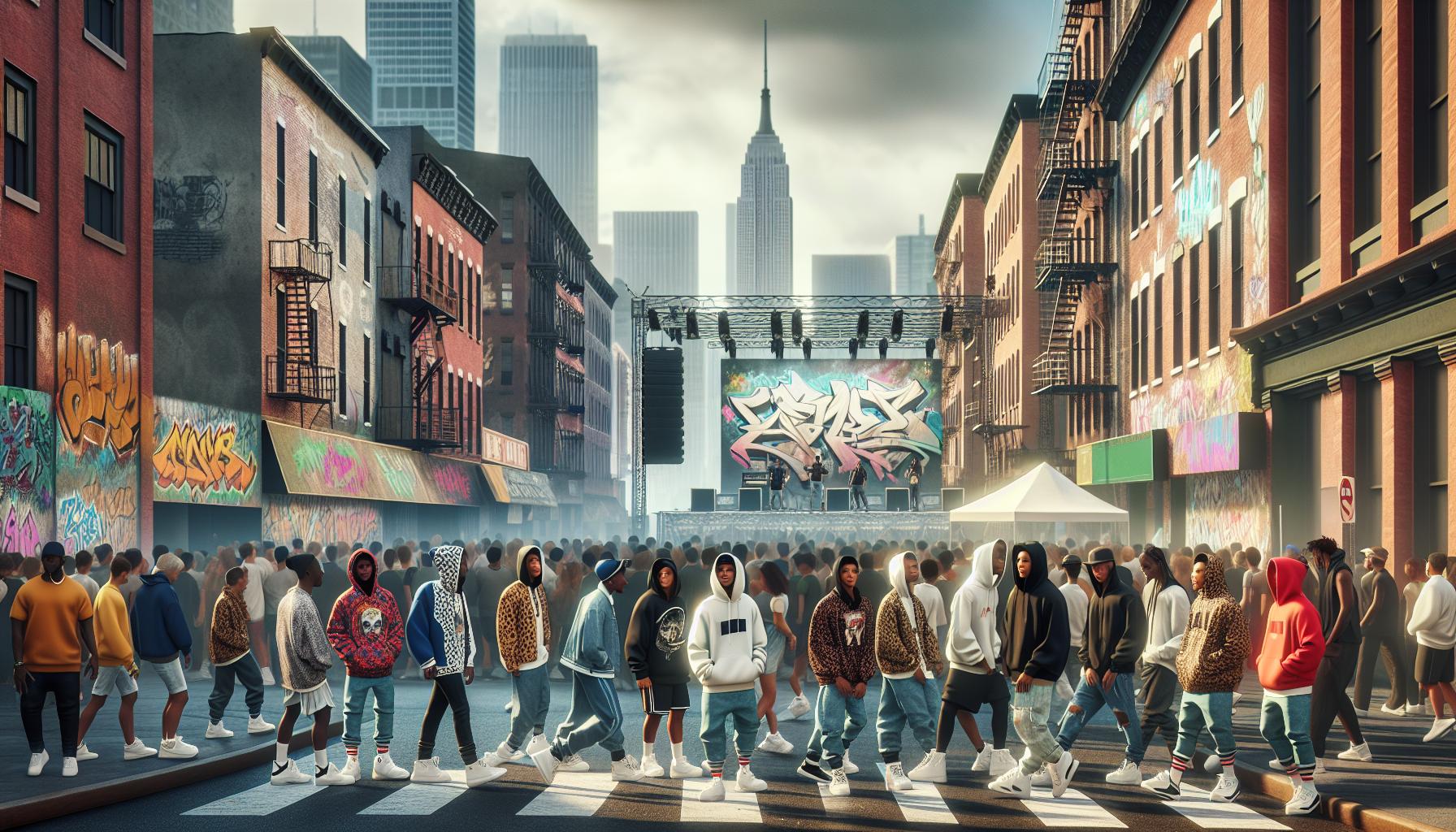Trap music has taken the music world by storm, evolving from its gritty roots to dominate charts and playlists. Originating in the early 1990s in the Southern United States, this genre emerged as a distinct sound characterized by its heavy use of hi-hats, deep bass, and a unique lyrical focus on street life and struggles.
Artists like Master P and OutKast laid the groundwork, but it was producers like Lex Luger and artists such as Gucci Mane and T.I. who truly defined the genre in the early 2000s. As trap continued to grow, it transcended regional boundaries, influencing mainstream pop and hip-hop. Understanding when trap music started offers insight into its cultural significance and lasting impact on the music industry.
Key Takeaways
- Origins in the 1990s: Trap music originated in the early 1990s in the Southern United States, characterized by its reflections on street life and struggles.
- Key Influencers: Pioneering artists such as T.I., Gucci Mane, and producers like Lex Luger played crucial roles in defining and popularizing the trap sound in the 2000s.
- Genre Evolution: Trap music transformed from a regional niche to a mainstream phenomenon, significantly influenced by digital platforms and collaborations with pop artists.
- Iconic Tracks: Notable trap songs like “Trap House” by Gucci Mane and “Bad and Boujee” by Migos solidified the genre’s impact and popularity within the music industry.
- Cultural Impact: The genre serves as a voice for marginalized communities, addressing social issues and enriching popular culture through its storytelling and artistic expression.
- Broad Genre Influence: Trap music has reshaped various genres, including pop and electronic, with its distinctive beats and rhythms becoming integral to contemporary music production.
When Did Trap Music Start
Trap music originated in the early 1990s in the Southern United States, reflecting the realities of street life through its unique sound and lyrical themes.
Early Influences
Early influences on trap music include elements from Southern hip-hop, particularly Memphis rap and Atlanta bass music. Artists like 8Ball & MJG and Three 6 Mafia introduced dark, gritty beats that laid the groundwork for trap’s evolution. Additionally, the 1990s saw the use of synthesizers and drum machines, shaping the genre’s distinctive production style.
Key Artists And Producers
Key artists and producers played critical roles in defining trap music. T.I. popularized the term “trap” with his 2003 album Trap Muzik. Gucci Mane, known for his prolific output, refined trap’s sound with his unique flows and infectious hooks. Producers like Lex Luger revolutionized trap beats with heavy bass and rapid hi-hats, contributing to tracks that garnered attention across the music industry. These artists and producers not only shaped the genre but also set the stage for its mainstream success, influencing countless musicians in the years to come.
The Evolution Of Trap Music

Trap music has undergone significant changes since its inception in the 1990s, transitioning from a regional sound to a dominant force in the music industry.
Transition From Regional Sound
Trap music’s transition from a regional sound to a broader genre occurred as artists began to experiment with new techniques and styles. Artists from Atlanta, such as T.I. and Young Jeezy, played crucial roles in this transition by pushing trap’s boundaries. Their storytelling emphasized struggles and aspirations characteristic of street life. Producers like Lex Luger introduced cinematic beats that enhanced trap’s auditory appeal. This sonic development attracted listeners beyond the Southern states, contributing to trap’s growing popularity nationwide.
Mainstream Breakthrough
Trap music reached mainstream recognition during the early 2010s, driven by the rise of digital platforms and social media. Tracks like “Rack City” by Tyga and “Gucci Gang” by Lil Pump showcased trap’s infectious hooks and rhythmic beats, drawing significant radio play. Collaborations with pop artists broadened trap’s audience. Additionally, the genre influenced countless styles, evident in songs by major artists, including Drake and Cardi B. This crossover brought a new wave of artists into the spotlight, solidifying trap’s presence in contemporary music.
Notable Tracks And Albums

Trap music features numerous tracks and albums that defined its evolution and solidified its place in the music industry. These works showcase the genre’s signature sound and lyrical depth, capturing the essence of street life.
Iconic Trap Songs
- “Trap House” by Gucci Mane – Released in 2005, this track exemplifies early trap with its distinct beats and raw lyrics, setting the stage for future hits.
- “Make the Trap Say Ayy” by OJ da Juiceman – This 2009 anthem features catchy hooks and upbeat production, highlighting the party aspect of trap culture.
- “Ain’t My Fault” by Young Thug – The 2015 single showcases Young Thug’s unique style and innovative flows, pushing the genre further into mainstream consciousness.
- “Bad and Boujee” by Migos (featuring Lil Uzi Vert) – This 2016 track became a cultural phenomenon, popularizing trap’s influence in pop music and hip-hop culture.
- “Sicko Mode” by Travis Scott – Released in 2018, this song blends various styles and showcases the evolution of trap, highlighting its versatility within the hip-hop genre.
- Trap Muzik by T.I. – Released in 2003, this album popularized the term “trap” and features foundational tracks that influenced the genre.
- The State Vs. Radric Davis by Gucci Mane – Released in 2009, this album showcased Gucci Mane’s artistry, featuring standout tracks that helped define the sound of modern trap.
- So Icy by Gucci Mane and OJ da Juiceman – This 2009 collaboration emphasizes the camaraderie within the trap community, featuring prominent artists and signatures beats.
- Birds in the Trap Sing McKnight by Travis Scott – Released in 2016, this album blends trap with elements of psychedelic hip-hop, demonstrating the genre’s artistic range.
- Culture by Migos – This 2017 project solidified Migos’ status as trap icons, combining innovative beats with catchy lyrics, further pushing the genre into the limelight.
The Impact Of Trap Music

Trap music has significantly influenced culture and reshaped multiple music genres since its inception.
Cultural Significance
Trap music reflects the realities of urban life, serving as a voice for marginalized communities. Through its storytelling, artists illuminate struggles with poverty, violence, and resilience, resonating deeply with listeners. The genre has inspired movements, fashion trends, and art, showcasing its role in popular culture. Notably, trap’s themes address social issues, fostering dialogue around systemic inequalities. Its festival presence, such as Rolling Loud, showcases emerging talents while maintaining connections to its roots.
Influence On Other Genres
Trap music’s influence extends beyond its boundaries, impacting various genres like pop, electronic, and even rock. Elements such as rhythmic hi-hats and aggressive beats appear in mainstream tracks, as seen in collaborations with artists like Drake and the innovating sounds of Billie Eilish. Producers incorporate trap’s sonic aesthetics into different styles, expanding its reach. Numerous contemporary artists blend trap with R&B, resulting in unique hybrid sounds. The genre’s pervasive influence reshapes the modern music landscape, establishing it as a dominant force in contemporary popular music.
Trap music has undeniably transformed the music landscape since its inception in the early 1990s. Emerging from the streets of the Southern United States, it evolved into a powerful voice for marginalized communities, reflecting their struggles and aspirations. The genre’s unique sound and lyrical depth have influenced countless artists across various genres, solidifying its status in contemporary music.
As trap continues to grow and adapt, its impact on popular culture remains profound. From its roots in gritty beats to its mainstream collaborations, trap music’s journey illustrates a dynamic evolution that resonates with audiences worldwide. The future of trap looks promising as it inspires new generations of artists and continues to shape the musical narrative.

